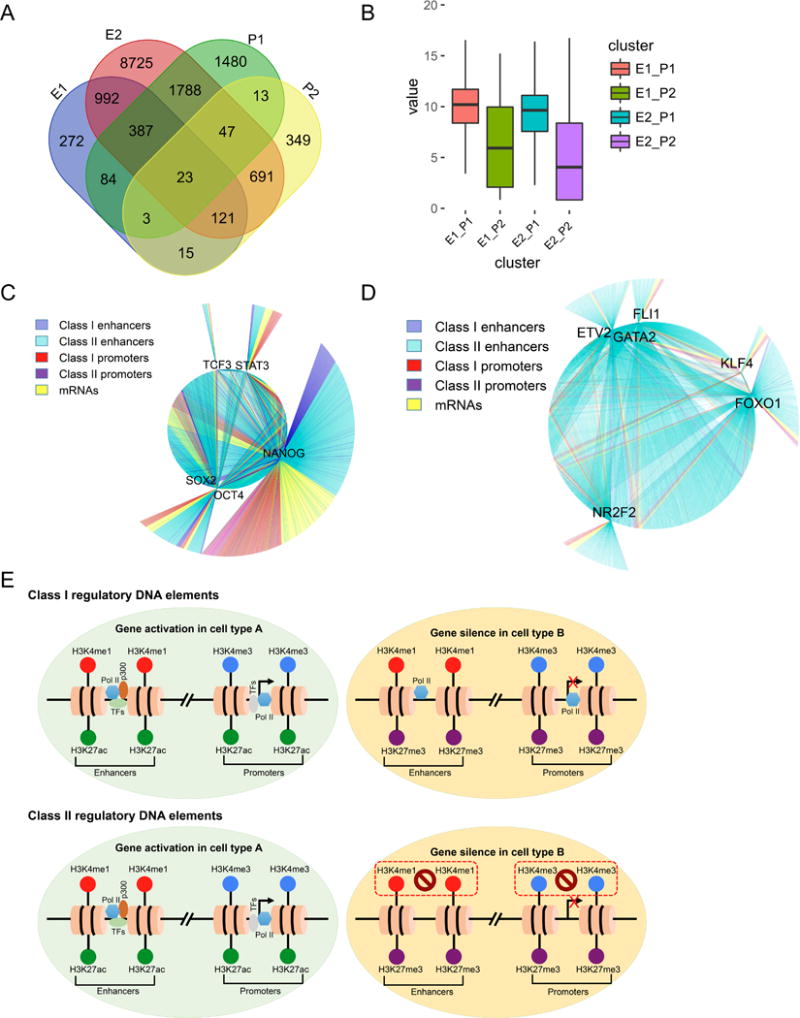Figure 6. Cell type-specific gene expression modulated by both enhancers and promoters.

(A) Overlapped genes regulated by both Class I and Class II promoters and enhancers. (B) Gene expression levels regulated by the Class I enhancers and Class I promoters (E1_P1), Class I enhancers and Class II promoters (E1_P2), Class II enhancers and Class I promoters (E2_P1), and Class II enhancers and Class II promoters (E2_P2). (C-D) Pluripotency-associated transcription factors (OCT4/SOX2/NANOG) tended to interact with all classes of regulatory DNA elements (C), whereas endothelial lineage-specific TFs (ETV2/GATA2/NR2F2) were preferentially bound by Class II enhancers (D). (E) Proposed models for Class I and Class II regulatory DNA elements. For Class I regulatory elements, H3K4me1 and H3K4me3 are ubiquitously present in distal enhancers and promoters in all cell types, respectively. H3K27ac is enriched in the regulatory elements together with co-factor p300 and RNA Pol II if nearby genes are actively transcribed, whereas H3K27me3 is recruited when target genes are silent in one cell type but are poised for activation upon cellular differentiation or somatic cell reprogramming. In Class II regulatory elements, H3K4me1 and H3K4me3 are only enriched when the target genes are activated in a given cell type. In contrast, these genes are usually repressed in other cell types, where H3K4me1 and H3K4me3 are absent in the regulatory DNA elements that are instead covered by the repressive mark H3K27me3.
